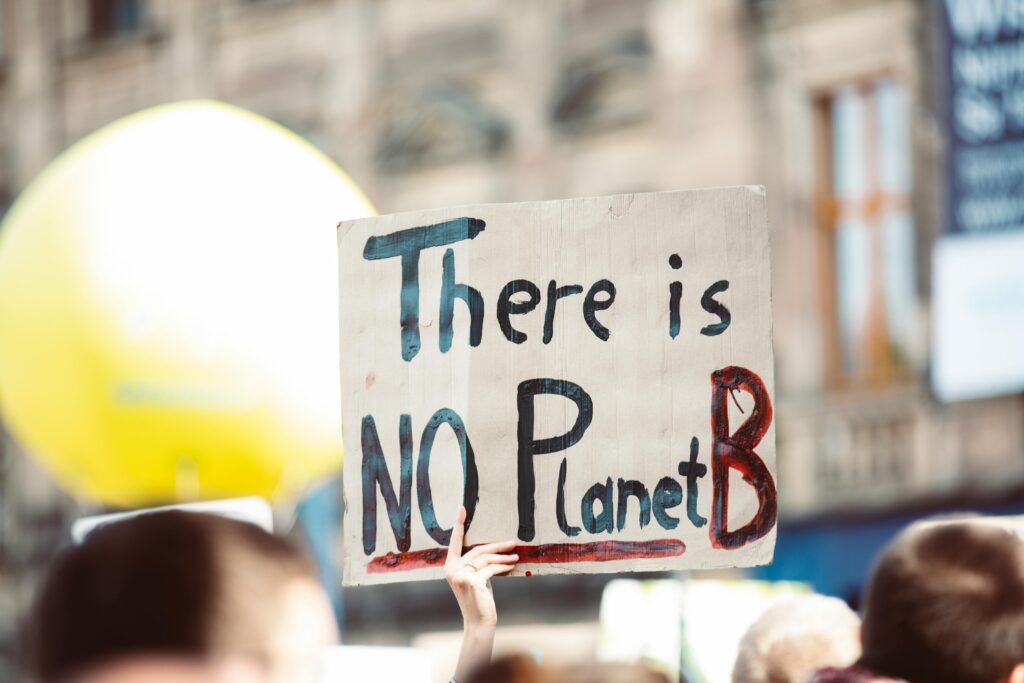Climate Migration and Displacement: A Look at the Ripple Effect
The world is witnessing a growing phenomenon with far-reaching consequences: climate migration. As our planet grapples with the effects of climate change, a rising number of people are being forced to leave their homes, driven by environmental factors that threaten their livelihoods and safety. This article delves into the causes and impacts of climate migration, aiming to shed light on this complex challenge and its growing significance on a global scale.
The Urgency of Climate Migration:
Climate migration is not a distant future concern; it is happening right now. The World Bank estimates that by 2050, internal climate migration within developing countries could reach staggering numbers, ranging from 21.6 million to 94.6 million. These projections highlight the urgent need for a greater understanding of this phenomenon and the development of effective solutions.

Environmental Triggers:
The primary drivers of climate migration stem from various environmental changes associated with a warming planet. These include:
- Sea level rise: This phenomenon threatens coastal communities and low-lying island nations, inundating land, destroying infrastructure, and displacing millions.
- Extreme weather events: The increasing frequency and intensity of storms, floods, droughts, and wildfires are leaving communities devastated, forcing people to flee their homes in search of safety and stability.
- Environmental degradation: Desertification, soil erosion, and loss of biodiversity are leading to land degradation, reduced agricultural productivity, and resource scarcity, pushing people to migrate in search of sustainable livelihoods.
- Climate change-related conflict: In some regions, the effects of climate change, such as competition for scarce resources, can exacerbate existing tensions and fuel conflicts, leading to forced displacement.
The Ripple Effect: Social, Economic, and Environmental Impacts

Climate migration does not occur in isolation. It triggers a ripple effect, impacting not only the individuals directly involved but also the communities they leave behind and the areas they move to. Here’s a deeper look into the multi-faceted consequences:
- Social Impacts: Disrupted social structures can lead to a loss of cultural identity and traditional knowledge. Individuals and families face increased vulnerability to poverty and exploitation, particularly those with limited resources and lacking support networks in new surroundings. Receiving communities often experience strain on social services as they grapple with increased demands for housing, education, and healthcare for newcomers.
- Economic Impacts: The displacement of individuals and families often results in a loss of income and livelihoods, particularly for those heavily reliant on agriculture or resource extraction in their home regions. Infrastructure damage caused by extreme weather events, coupled with the costs of resettling and integrating newcomers, further contributes to the economic burden of climate migration. Receiving communities can also experience economic challenges due to increased competition for resources like land and jobs.
- Environmental Impacts: While individuals may be leaving behind degraded environments, their arrival in new locations can create additional pressure on resources and lead to unintended environmental consequences. Deforestation, overgrazing, and competition for water can occur in areas receiving large numbers of climate migrants, straining local ecosystems and exacerbating existing environmental challenges.
Moving Forward: Addressing a Global Challenge
Climate migration is a complex issue demanding a multifaceted approach. While mitigating climate change at the source is crucial, immediate action is also needed to adapt to its inevitable impacts and support communities grappling with the consequences. This includes:
- Investing in climate-resilient infrastructure, such as seawalls and early warning systems, to protect communities from extreme weather events and rising sea levels.
- Promoting sustainable land management practices like soil conservation and water-efficient agriculture to enhance the resilience of vulnerable communities and reduce the risk of displacement.
- Strengthening early warning systems and disaster preparedness measures to minimize loss of life and displacement due to extreme weather events.
- Implementing policies that facilitate the integration of climate migrants into receiving communities, ensuring access to essential services like housing, education, and healthcare, and fostering opportunities for them to contribute their knowledge and skills to their new environments.
Understanding the causes and impacts of climate migration is a critical first step toward addressing this global challenge. By fostering international cooperation, prioritizing adaptation strategies, upholding the rights of those displaced by climate change, and investing in long-term solutions, we can work towards a future where communities are empowered to face the challenges of our changing environment with resilience and hope.
- Understanding the Circular Economy: A Guide for Local Businesses - October 28, 2024
- Ecosystem Services at Sebago Lake: Nature’s Role in Water Filtration and Conservation - August 30, 2024
- Climate Migration and Displacement: A Look at the Ripple Effect - February 29, 2024